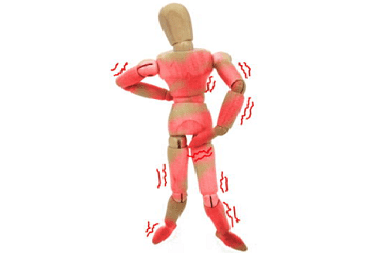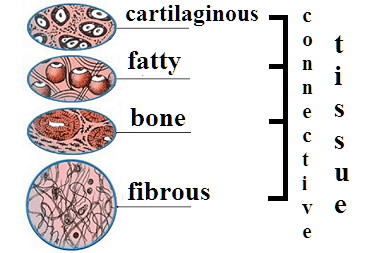Medicine questions >>>> Collagenosis - what is it?
Collagenosis - what is it?

Collagenosis is a connective tissue disease of unclear origin and various manifestations depending on which connective tissue system is affected.
Until now, scientists do not have reliable data on the origin of systemic connective tissue diseases and rely on assumptions about the autoimmune nature of the occurrence of a group of diseases called collagenoses. There is also a theory about the viral origin of many collagenoses due to the fact that it is viruses that are endowed with the ability to invade cellular structures and change their genetic code, thereby causing mutations in connective tissue fibers.
Connective tissue is one of the most common structures of organs and their systems, performing important functions of support (forms the outer frame of organs), protection (part of the dermis) and regeneration (participates in reparative processes, forming and replacing missing areas of any type of tissue). It is the connective tissue that is included in the structure of the walls of blood vessels, cartilage, ligaments, fascia, synovial membranes, sclera and many other biologically significant structures of the body. In total, connective tissue in all its manifestations makes up more than half of the entire human body weight.

Systemic lesions of connective tissue (collagenoses) are represented by a number of diseases: scleroderma, lupus erythematosus, polymyositis, periarteritis, vasculitis, rheumatism, granulomatosis, the treatment of which is fraught with difficulties due to the unclear etiology of collagenoses. Many collagenoses are congenital diseases, some of them are acquired as a result of viral infections (including intrauterine ones), some collagenoses are considered the result of endocrine disorders in the body.
In the course of the disease, the connective tissue undergoes a number of changes (disorganization): swelling, proliferation, sclerosis, necrosis, which, proceeding in various combinations, inevitably lead to a modification of the connective tissue and disruption of its functions. And, as a result, dermatoses, pneumo-, nephro-, cardiosclerosis develop, there are ruptures of blood vessels, ligaments, inflammation progresses, and much more. All this is accompanied by pain syndrome, allergies of unknown origin and often febrile symptoms.
Diagnosis of collagenoses requires a systematic approach and analysis of immune responses, biopsy of the skin, synovial membrane, muscle tissue, and other connective tissue structures to identify its pathology.
The treatment of collagen diseases is based on the intake of steroid anti-inflammatory drugs, cytostatics, physiotherapeutic procedures, and immunocorrecting drugs. Treatment is individualized depending on the severity of the course, the age of the patient and the extent of connective tissue damage.
Collagenoses treatment lasts throughout the patient's life, since collagenoses are among the chronic recurrent diseases with periods of remission.

Read

Read



























